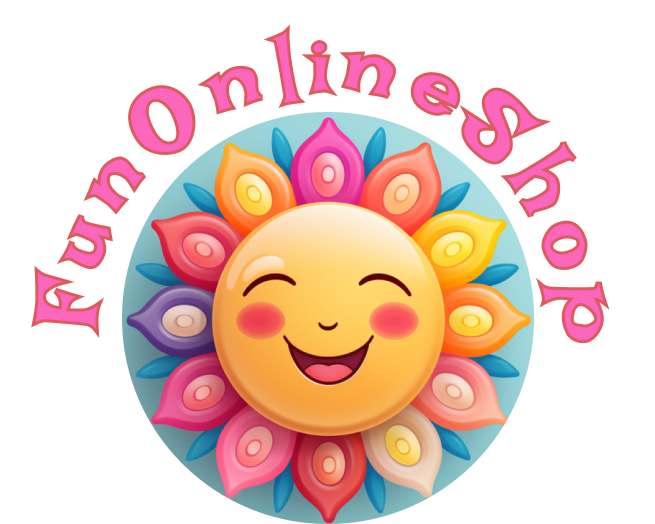Events thrive on attendance and buzz, and nothing fuels that fire quite like social media. From intimate local gatherings to international conferences, social media platforms serve as the megaphone, drawing attention and creating a community around your event. But it’s not as simple as just blasting an announcement across all channels. A strategic approach tailored to each platform’s strengths can exponentially increase your event’s reach, engagement, and success.
The Social Media Terrain
Social media is not a monolithic entity; each platform has its own unique strengths, audience, and tone. Facebook excels in community building and detailed event listings. Instagram is the go-to for visual storytelling, capturing the vibe of your event in a way words alone can’t. Twitter offers real-time updates and direct engagement, while LinkedIn focuses on professional and industry-specific events. Tailoring your promotional content to each platform’s strengths allows for a more targeted and effective reach.
Crafting a Cohesive Narrative
One of the most critical aspects of leveraging social media for event promotion is consistency in messaging. From the color scheme to the tone of voice, there should be a coherent story across all platforms. This narrative should encapsulate not just the logistics—date, time, location—but also the value proposition. Why should someone invest their time and possibly money in your event? Offering sneak peeks, exclusive interviews, or behind-the-scenes content can provide tangible value and increase engagement.
Creating Shareable Content
The algorithmic advantage of shareable content can’t be overstated. Interactive posts—such as polls, challenges, and contests—invite user participation, which in turn amplifies visibility. Don’t just make posts about the event; create posts that people will want to engage with and share. When attendees or interested parties share your content, they are effectively endorsing your event to their followers, offering a form of social proof that can be more convincing than any ad campaign.
The Pre-Event, During-Event, and Post-Event Strategy
It’s not just the weeks leading up to the event that matters; social media can and should play a role during and after the event as well. Real-time updates and live streaming can provide value to those who couldn’t attend, broadening your audience and increasing FOMO for future events. After the event, social media serves as an archive of testimonials, highlights, and key moments. This post-event buzz not only offers valuable insights for future endeavors but also keeps the event alive in attendees’ memories, fostering a community that’s more likely to return.
Utilizing Influencers and Partnerships
People resonate with people, not faceless entities. Partnering with influencers or industry leaders who align with your event’s values can provide a strong endorsement and tap into an already engaged community. Likewise, strategic partnerships with brands or other events can be mutually beneficial, broadening the reach for both parties.
Conclusion
The role of social media in event promotion has evolved from a supplementary tactic to a central strategy. Leveraging the unique strengths of each social media platform, crafting shareable content, and employing a comprehensive, multi-phase strategy can exponentially amplify your event’s reach and impact. And with the data-driven insights garnered from these efforts, your next event could be even more resonant and successful.
